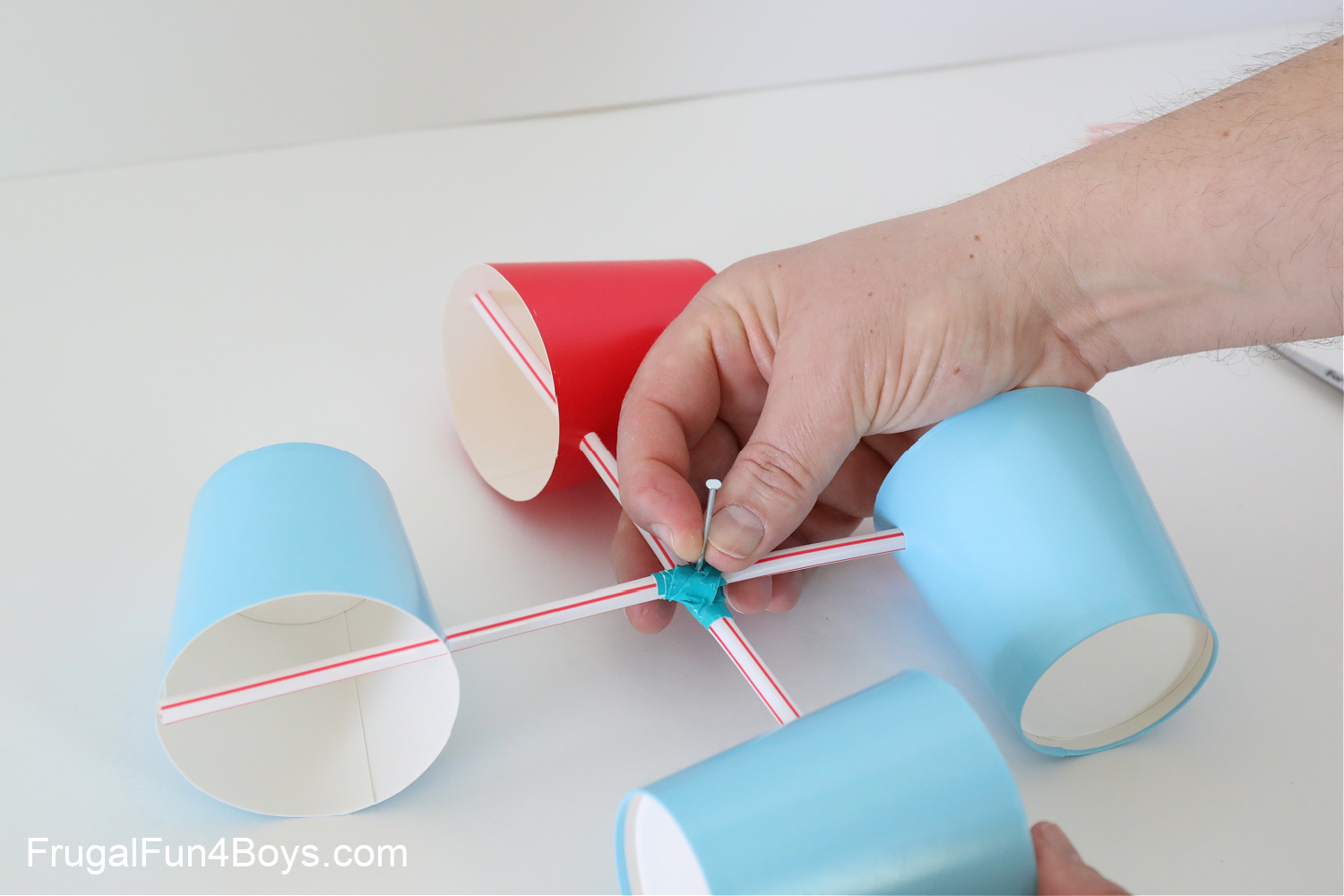How an Anemometer Can Improve Your Weather Monitoring System
How an Anemometer Can Improve Your Weather Monitoring System
Blog Article
All You Need to Learn About Anemometers: How They Function, Why They Matter, and Where to Make use of Them
Anemometers, though frequently ignored in the world of clinical instruments, play an essential duty in different areas, providing valuable insights into wind speed and air flow patterns. Comprehending the auto mechanics behind these gadgets is essential for anybody looking for to harness the power of this data. From meteorologists tracking weather condition patterns to designers making structures with wind tons in mind, the applications of anemometers are diverse and significant. As we explore the details of anemometer technology, we will discover the internal functions of these tools, their significance, and the crucial factors to consider when selecting the appropriate anemometer for particular applications.

Anemometer Essentials
A crucial tool made use of to gauge wind speed and instructions, the anemometer plays a critical duty in weather forecasting and numerous sectors. An anemometer typically contains 3 or four mugs that rotate in the wind, a vane that points right into the wind, and sensing units to track the turnings or motions. By computing the turnings or movements over a specific period, the anemometer can establish wind rate. The vane assists determine wind instructions by directing into the wind, giving useful data for weather projecting, air travel, maritime operations, ecological monitoring, and wind energy applications.
There are numerous sorts of anemometers available, including cup anemometers, vane anemometers, hot-wire anemometers, and sonic anemometers, each with its special features and applications. Cup anemometers are typically used for standard wind speed measurements, while vane anemometers are favored for directional dimensions. Hot-wire anemometers appropriate for low airspeeds, and sonic anemometers are optimal for high-precision measurements in research and commercial setups. Comprehending the essentials of anemometers is important for precise wind data collection and evaluation throughout different industries.
Concepts of Anemometer Procedure
Building on the fundamental understanding of anemometer basics, the concepts of anemometer procedure clarify the auto mechanics behind wind rate and direction measurements. Anemometers run on the principle of airflow impacting a sensor, triggering it to revolve. Mug anemometers, for circumstances, have 3 or even more cups that capture the wind, causing them to rotate quicker as the wind rate rises. The rotation rate is after that converted into a wind speed measurement. Vane anemometers, on the other hand, utilize a tail or a probe that straightens itself with the wind instructions, giving a dimension of wind instructions based on the positioning of the sensor. Hot-wire anemometers rely upon great post to read a heated cable that cools off as wind passes over it, with the rate of cooling figuring out the wind rate. Ultrasonic anemometers procedure wind speed and instructions by analyzing the moment it considers ultrasonic signals to travel between transducers. Understanding these principles is essential for reputable and accurate wind measurements in numerous applications.
Relevance of Anemometers
Anemometers play a crucial function in gauging wind speed and direction, offering important data for climate projecting, climate studies, environmental tracking, and air travel operations. Meteorologists count on anemometers to gather accurate wind information, aiding them comprehend weather condition patterns, anticipate storms, and problem timely cautions to the public. Wind ranch operators utilize anemometers to evaluate wind conditions and maximize electrical power manufacturing from wind generators.
Applications Throughout Different Industries
Applications of anemometers cover across varied markets, showcasing their flexibility and utility past meteorology. In the renewable resource field, anemometers play an essential duty in examining wind conditions for wind farm positionings, making sure optimal power manufacturing. Industries like building and construction and mining utilize anemometers to check wind speeds, important for safety methods, especially when operating at heights or in open-pit mines where strong winds can posture dangers. Anemometers are likewise integral in the aeronautics sector, assisting pilots in understanding airspeed and wind direction for risk-free take-offs and landings. The maritime market gain from anemometers for ship navigating, assisting seafarers prepare for weather condition adjustments and change paths as necessary. In agriculture, anemometers assist farmers in taking care of plant splashing by offering real-time information on wind rate to stay clear of drift. Furthermore, anemometers find applications in HVAC systems to enhance air flow and boost power effectiveness in buildings. The varied usage cases of anemometers highlight their relevance throughout numerous sectors, highlighting their important duty in boosting functional safety and security and performance (anemometer).

Choosing the Right Anemometer for Your Requirements
For general purposes, a cup anemometer is ideal for gauging wind rate, while a vane anemometer gives wind direction data. Hot-wire anemometers are ideal for low airspeed dimensions, and ultrasonic anemometers supply high precision and toughness.

Final Thought
In verdict, anemometers play an essential function in determining wind speed and instructions throughout various industries. It link is vital to consider the value of anemometers in order to make informed decisions when choosing the most suitable tool for measuring wind problems.
There are numerous types of anemometers available, including mug anemometers, vane anemometers, hot-wire anemometers, and sonic anemometers, each with its unique features and applications. Mug anemometers are commonly made use of for fundamental wind rate dimensions, while vane anemometers are preferred for directional dimensions. Hot-wire anemometers are appropriate for reduced airspeeds, and sonic anemometers are optimal for high-precision measurements in research study and commercial settings.Structure on the fundamental understanding of anemometer essentials, the principles of anemometer procedure illuminate the technicians behind wind rate and instructions dimensions. For general objectives, a cup anemometer is appropriate for determining wind rate, while a vane anemometer provides wind instructions information.
Report this page